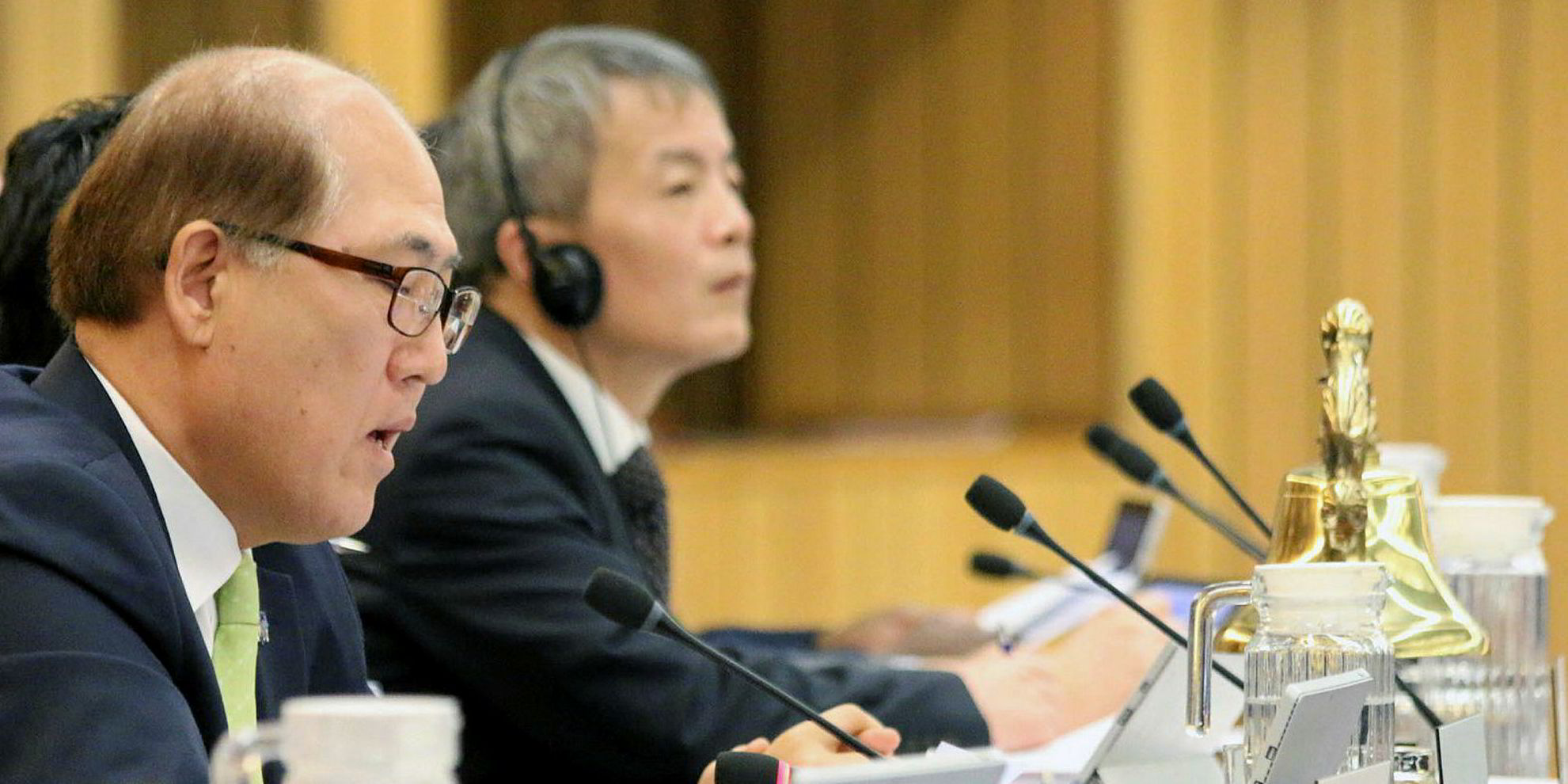The IMO’s Marine Environment Protection Committee in April attracted an unusual level of scrutiny from the global media, with the regulator agreeing to cut shipping’s greenhouse gas emissions to 50% of their 2008 levels by 2050.
While the significance of this commitment is not in doubt, its long tail and aspirational language leave plenty of room for fine-tuning later.
But a more definite outcome from the 72nd session of the Marine Environmental Protection Committee (MEPC72) merits closer attention: the meeting rubber stamped the approval for the Ballast Water Management Systems (BWMS) Convention that was agreed at MEPC71 a year earlier.
In doing so, the IMO lifted the last roadblock to enforcement of a convention that has stalled since its adoption in 2004, largely over its testing and approval regime.
Last year, flag state and tonnage thresholds were reached to trigger the convention’s entry into force. However, the supposition that new ships should start to meet D2 discharge standards from 8 September 2017 — with existing ships to follow by the time of their first International Oil Pollution Prevention Certificate renewal survey after 8 September 2019 — overlooked an important proviso: the process for approval had itself not been adopted.
MEPC72 agreed that ballast water systems installed on or after 28 October 2020 are subject to the new code, which at last delivers robust test and performance specifications. It also provides detailed requirements for type approval reporting and control, as well as the monitoring equipment that makes the convention itself enforceable. Whatever else it maybe held accountable for in 2050, MEPC72 finally closed the loophole on further scheduling interpretation.

No blame can be attached to risk-averse shipowners if they have waited for regulatory clarity before committing to new BWMS technology. However, adopting the approval code not only brings the framework for compliance; looked at from the budgetary point of view, it means that hesitation is no longer a smart tactic.
Capacity crunch
Its adoption means owners should now be wide awake to the risk they face of a supply and capacity crunch.
Owners may be in the last-chance saloon if they envisage BWMS installations based on orderly fleet-wide planning, reasonable negotiations and reliable procurement
Yard space is limited and, while the list of BWMS suppliers maybe long, the number of sub-suppliers is not. Many brands draw on the same sources, and these are components that are also used for shore-based water-treatment technology.
Indeed, I would say that the outcome of MEPC72 means owners may be in the last-chance saloon if they envisage BWMS installations based on orderly fleet-wide planning, reasonable negotiations and reliable procurement.
Hesitancy now will likely result in the short supply of components later, including filters, ultraviolet systems or the cells for electro-chlorination systems, and installer yards that may not be to owner preferences.
The capacity shortfall may also extend to classification engineering and approval, given the sheer volume of documentation needed before installation, and a spike in demand for approval services.
Olli Somerkallio is the head of the machinery department at Foreship, a naval architecture and marine engineering firm headquartered in Helsinki, Finland



